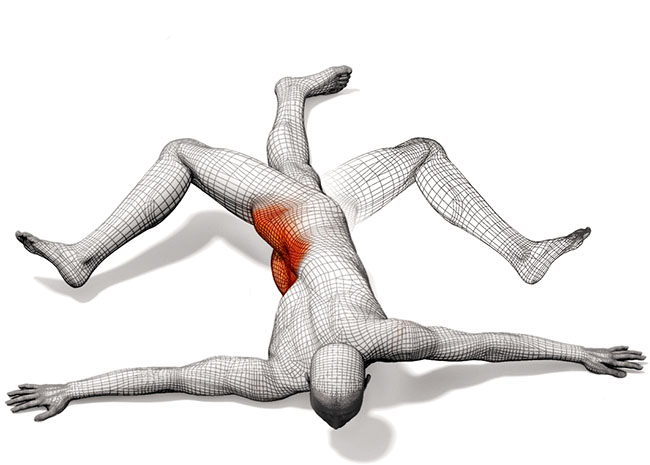Happy Monday!
This week’s post is all about mobility, specifically dynamic mobility. We all know the benefit of having quality flexibility and mobility when it comes to our daily practices and exercise performance. I would hope most of you reading this practices “safe” exercise by including specific movements as part of your warm-up and some form of basic stretching following your workout. If you, however, are like most people that I see in the gym/outside and head straight to the group class/weight room/cardio equipment and jump right into your first set or run without any attempt to complete even the simplest or quickest warm up, then your an “exercise skeet” (haha, maybe a bit harsh but you get the point). And if your body appears to be pain/tightness free, don’t think you’re in the clear for any future muscular/joint issues as you definitely have developed compensatory patterns, joint dysfunction and muscular adhesions as a result of not doing your warm-up due-diligence when exercising.
I can’t stress enough how implementing some dynamic movement preparation as part of your warm-up can improve your performance for the upcoming workout and how much better you will feel/move on a daily basis (in conjunction with daily stretching, of course). Studies suggests that the use of dynamic movements, controlled movements through a full range of motion, are the most appropriate exercises for the warm-up (McNair (2000) and Knudson (2001)).
So what exactly is dynamic mobility and which types of movements/methods should be considered when completing a typical warm-up? Aside from warming up the body’s temperature which allows joints and soft tissues to move more efficiently, dynamic mobility movements also primes the neuromuscular system and enhances coordination, speed, power and overall mechanical performance. In terms of the types of movements to complete you need to consider what your workout will consist of. If running then focus on hip and ankle dominant movements, if working only on upper body then consider scapula/t-spine/shoulder/chest specific exercises and if you plan to complete a full-body workout (group class/crossfit) then target your major joints and core/spinal regions.
Lastly, to enhance the effectiveness of your dynamic warm-up, I recommend using a foam roller or lacrosse ball prior to completing any dynamic movements. A study from the Journal of Strength and Conditioning Research shows that myofascial release with a foam roller can dramatically increase your range of motion without any negative effects on strength. Therefore, the stages of a workout should be: foam rolling, dynamic mobility, strength/power/aerobic exercise and, lastly, post workout stretching.
Here’s a few great links (www.youtube.com/watch?v=GaR72bpjSa4 or www.youtube.com/watch?v=3B-3Khbht5sthat) that demonstrates a sample dynamic warm-up and includes plenty of different movements to incorporate into your warm-up. I don’t expect you to complete all movements prior to each workout but I do advise choosing a couple movements to target the lower body, upper body and spine/core regions.
As always, train smart but train hard!
Ryan
Please feel free to add any comments and like my FB page.

